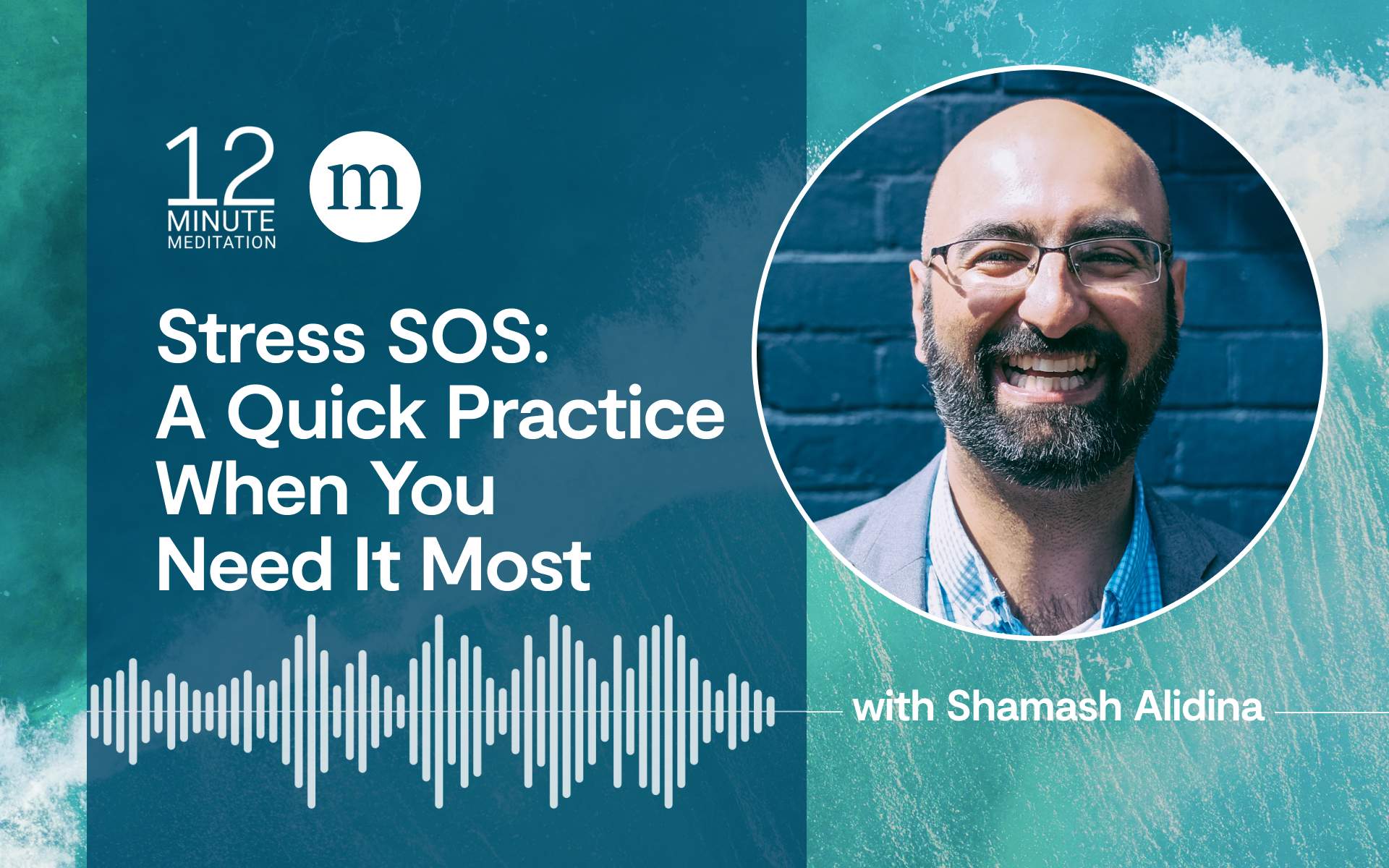You cannot will yourself into particular feelings toward yourself or anyone else. Rather, you can practice reminding yourself that you deserve happiness and ease—no more and no less than anyone else—and that the same goes for your child, your family, your friends, your neighbors, and everyone else in the world. Everyone is driven by an inner desire to avoid suffering and find a measure of peace.
The practice is simply to remind yourself that you deserve happiness and ease—no more and no less than anyone else
As this practice becomes comfortable for you, you can use it to combat everyday stress. If you feel unmoored, lost, or pulled in different directions, take a moment to wish yourself peace, just as you’d comfort a friend.
A Practice to Foster Resilience
A Loving-Kindness Meditation
- Find a comfortable stable position, either seated or lying down, and observe the next several breaths. Notice how you’re feeling right now, while letting go of any sense of striving or effort to feel otherwise. You cannot force yourself to feel relaxed, non-judgemental, or anything else in particular. Let yourself feel whatever it is you feel right now.
- Picture your child. Imagine what you most wish for him or her. This unbounded affection, deeper than any surface emotion, has traditionally been encompassed within four phrases: May you be happy. May you be healthy. May you feel safe. May you live your life with ease.
- Use these phrases or any that capture your deepest wishes, and silently repeat them at a comfortable pace, timed to your breathing.
- Continue repeating these wishes for your child, reminding yourself of your deepest intentions: “May you be happy. May you be healthy. May you feel safe. May you live your life with ease.”
- After several minutes, move on to yourself. Your inner critic, your voice of self judgment, may resist. Yet in spite of all your seeming mistakes, you have the same rights as anyone: “May I be happy. May I be healthy. May I feel safe. May I live my life with ease.” Without any sort of demand, offer yourself the some wishes for well-being you extended to your child.
- After several minutes, imagine a close friend or someone unconditionally supportive, a person for whom you have almost entirely positive feelings. This person also desires happiness, whether going through a stretch of relative ease or more acutely in need of your emotional support. If no one comes to mind, that’s fine and quite common; just continue with the practice for yourself.
- After a few minutes have passed, move on to a neutral person, a stranger, someone you see around but don’t really know—maybe someone at a local store or gas station, or who works nearby. Extend the some wishes to this neutral person without judging whatever you actually feel or aiming to push yourself. You’re simply paying attention in this way.
- Now think of a difficult person—not the most difficult, but someone you’ve disagreed with in a smaller way. Your perspectives differ and you must firmly take care of yourself, yet this difficult person’s actions are also driven by a wish for happiness. If this person found relief from his own suffering, it’s likely that his behavior would change. If it’s easier, include yourself: “May we both be happy. May we both be healthy. May we both feel safe. May we both live our lives with ease.”
- Next, picture your entire family for a while: “May all of us be happy. May all of us be healthy. May all of us feel safe. May we all live our lives with ease.”
- Finally, if you like, extend the same wishes to everyone in this world. In an unforced way, send this compassionate wish for well-being to anyone you imagine, anywhere.
Reprinted with permission: New Harbinger Publications, Inc. Copyright © 2015 by Mark Bertin, from Mindful Parenting for ADHD








